Dwarf Frogs in the Aquarium
Discover the beauty of Dwarf Frogs in your aquarium! Learn about their care, diet, and tank requirements. Click here to get started.
In equatorial Africa, in shallow muddy ponds and slow-flowing rivers, dwarf frog species Hymenochirus boettgeri.
The dwarf frog, or Hymenochirus boettgeri
This little frog is very attractive, although its beauty is not conspicuous: the body is elongated, the limbs are thin, the complete absence of eyelids. The front paws have webbing between the toes. This feature gave it its name: the word Hymenochirus.
Bettger’s Hymenochirus, they are also called African dwarf frogs, because of their small size – the largest to 3.5 cm, and the smallest to 2.5-3 cm.
This tiny amphibian is very common in the aquarium industry, but it is quite difficult to buy it in stores.
Breeding
If the male quietly chirps and his mate’s sides have become rounded, it means that the pair is ready to breed. The male can be seen with small white-pink glands under his front legs. And females have “tails” between their hind legs. But it is difficult to accurately determine the sex of the dwarf frog.
Once in the spawning tank, dwarf frogs begin their mating dance: the male, embracing the female, begins to move in a circle. Closer to the surface, she lays up to 750 eggs, which float in the water or attach to plants. To prevent frogs from eating the eggs, the producers are transplanted into a separate container. After a couple of days, there are tiny larvae that adhere to the glass for five days. Appeared tadpoles are already able to swim and eat independently. The babies gladly devour infusoria, artemia, cyclops and daphnia, pieces of shrimp.
Growing up, the aquatic frog lives about 8 years.
Reproduction of frogs in an aquarium is not particularly difficult. The female reptile lays eggs that are fertilized within a few days, hatching African dwarf frog eggs is a very interesting, unusual process. During the mating season, bright black stripes appear on the male’s legs. At the same time, the frogs begin to make sounds that resemble the ticking of a hand clock.
Tadpoles may differ in their behavior and appearance. They may swim upside down, spend most of their time on the surface of the water rather than at the bottom of the aquarium. Some of them can be seen with quite long antennae. Feed on small creatures mostly algae, but it is recommended to additionally feed them chopped spinach and lettuce.
Gradually tadpoles turn into small frogs, but with a tail. During this period, the reptiles’ diet changes. Frogs begin to eat food intended for fish, and also show a special interest in daphnia, which becomes their favorite food.
Recommendations
- Do not keep with aggressive cichlids, large crayfish, turtles. Some of these species may mistake the baby frog for food and swallow it.
- Do not use soap when cleaning the terrarium. Frogs’ porous skin can react to chemicals.
- Their skin is thin and delicate, so do not touch them with your hands, to avoid damaging them.
African frog is an undemanding and funny animal. Watching and caring for it, a person gets positive emotions. And also gets skills of keeping animals. This will come in handy in the future because it is with frogs everything begins.

Maintenance and care
Both species are not too demanding of the conditions of detention. Spurred frogs enough aquarium 20-30 liters per pair, with water it should be filled with half or a third. The aquarium should be covered with a cover or mesh. The soil – the coarse pebbles. The aquarium is equipped with a compressor or a small internal filter, you can use the filter-waterfall, but should not be a strong current. In a bright light is not necessary.
Water temperature is about 22-25 ° C, to the chemical indicators of water Xenopus virtually indifferent. The only exception is the content of chlorine and fluoride in the water, so defending it before adding it to the aquarium is recommended for at least 2-3 days. Change the water once or twice a week at 20-25%, several implications recommend changing less frequently, as opacity.
Plants can be planted only stiff-leaved, necessarily in pots, otherwise, they will be dug out immediately. Some lovers of these animals do the following: put next to the aquarium with a pot of plants hanging down, and place these shoots in the aquarium. In this case, and the aquarium greened, and the roots of the plants remain intact.
For Hymenochirus aquarium volume can be even smaller, 1-2 lit implications for such a frog is enough.
Obligatory cover – hymenochiruses, especially caught in nature, often strive to escape.
Water temperature for them needs at least 24 ° C. Preferably filter or compressor, but it should not be too powerful, implications in the aquarium have zones with static, standing water.
At the bottom must be equipped with small shelters, under which these fluttering creatures can hide. Plants are very desirable, it is good if they form thick thickets in some places. Plant them also better in pots. The aquarium should be equipped with lighting, because gimenochiruses sometimes like to rise among the bushes to the surface and warm under the lamp, sticking out of the water head and upper torso.
Feeding
You can buy special food for ornamental frogs, which includes shrimp, earthworms, live moths, and other things. Hymenochiruses prefer to eat live food.
Bettgera is not a picky eater, for them will be a great delicacy artemia, daphnia, Gammarus, Coretra, moths, cyclops, earthworms, as well as boiled shrimp and mussels. They can not chew food, so they should be fed pieces of the size that fits in their mouth.
Feeding is once every 3 days. The food should be brought right up to the frog’s nose so that the process does not take too long. Of course, you can teach them to gather in a certain place by a signal (e.g., tapping on the wall), but they will make this way for too long as if wondering if it is worth it at all.
It is advisable to place several specimens in an aquarium
Dwarf frogs are big eaters, so they are in danger of becoming obese, especially at a young age. The condition of the frog is considered normal if it is flat.
Features of behavior
Keeping frogs at home is not difficult. Hymenochirus is a model of calmness and slowness. They move leisurely along the bottom, climb on underwater objects, and then and there freeze for a long time. They are tactful and delicate – practically do not harm plants, do not disturb fish (they do not have such a possibility because of the small size of their body and mouth), do not pollute their habitat. If dwarf frogs live in a large aquarium, almost all the time hiding at the bottom, or in dense underwater plants.
The skin of frogs is thin and delicate, so in order not to hurt it, his hands better not touch. Several times a month, during active growth, they throw off the top layer of skin. And often they eat the old “clothes”.
-

How Long Do Clownfish Live | A Complete Guide
-


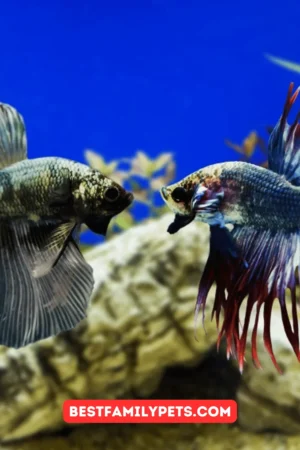
What Species Would Be the Best Betta Tank Mates?
-


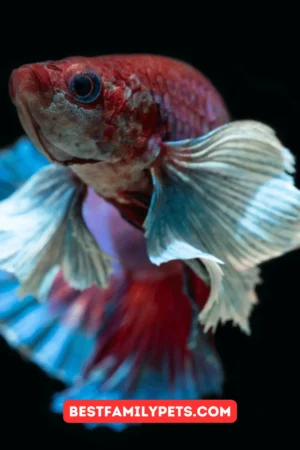
Discover the Unique Charm of Plakat Betta Fish: A Comprehensive Care Guide
-


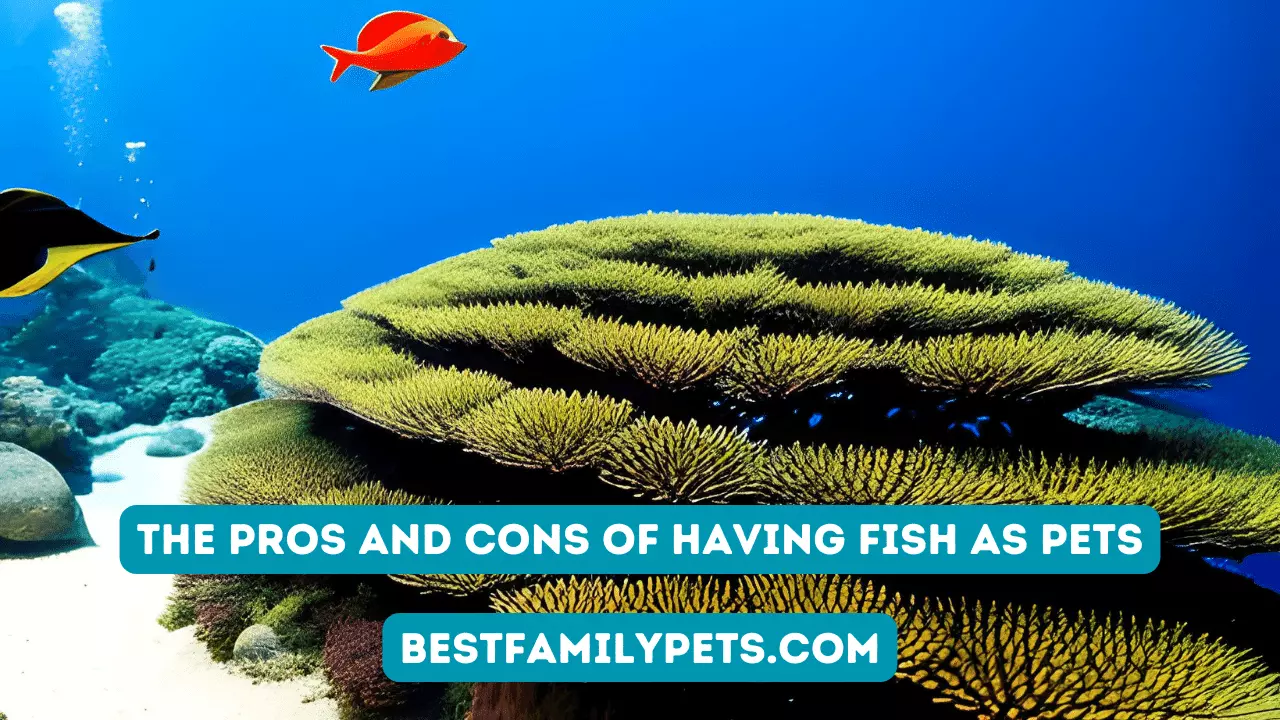
The Pros and Cons of Having Fish as Pets
-


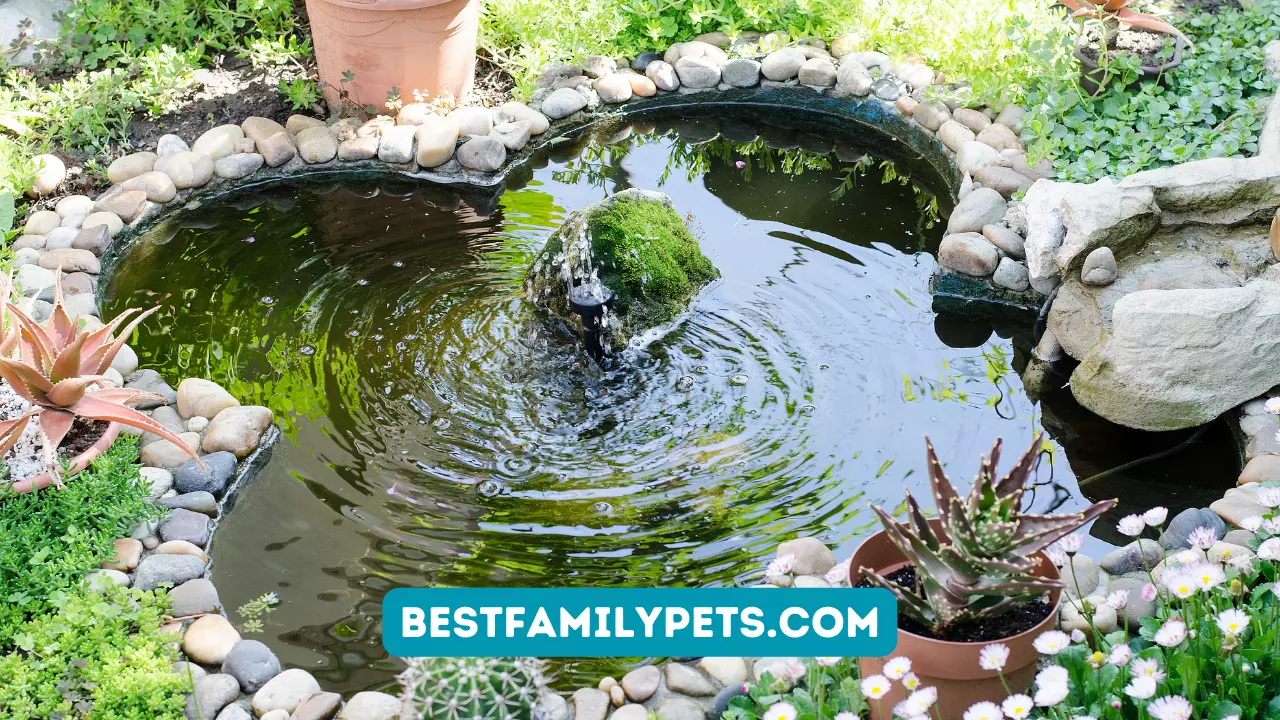
Keeping Fish in Your Garden, the Top Tips
-



The Role of Aquatic Plants in Your Garden Pond Ecosystem
-


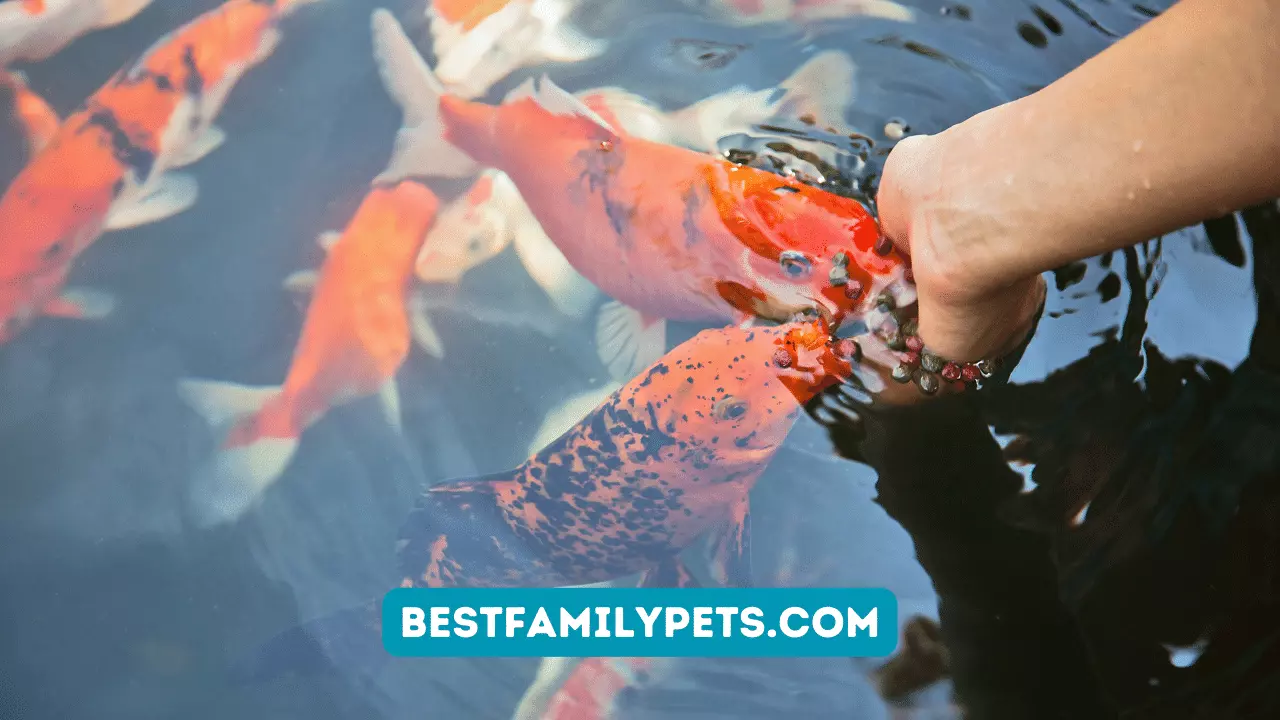
Common Problems to Avoid When Keeping Fish in Your Garden
-


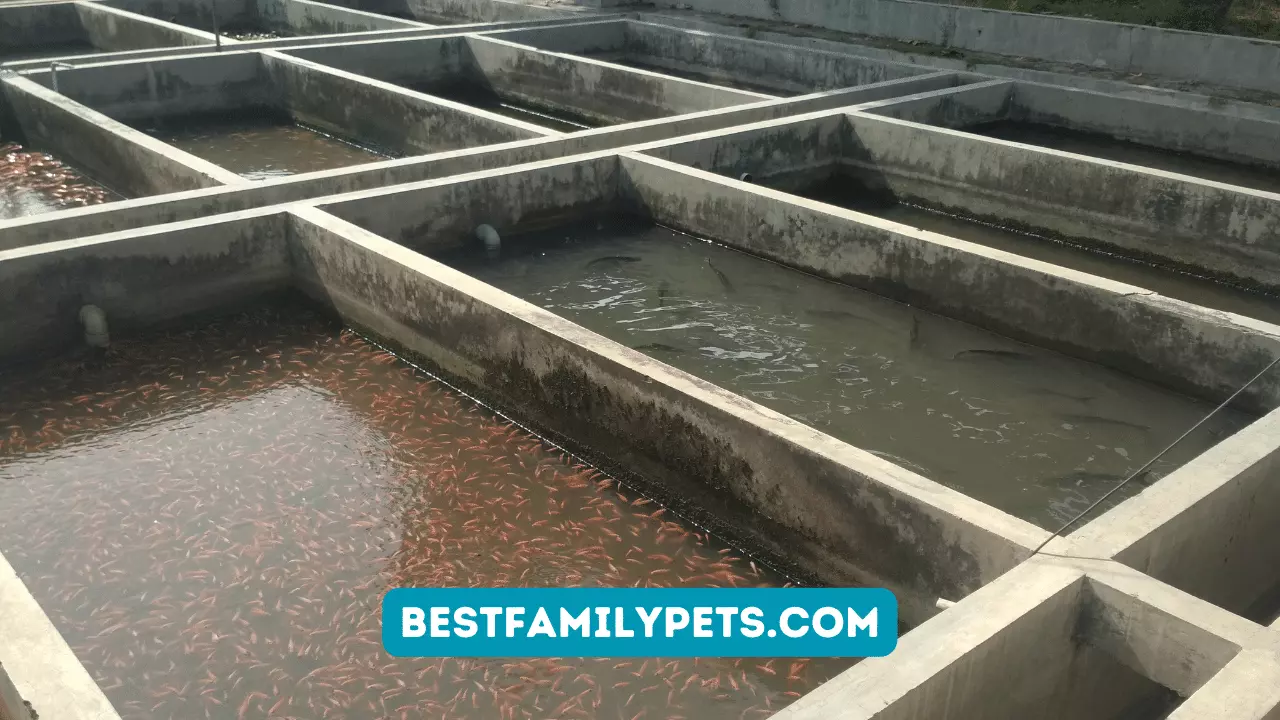
DIY Pond Building Tips for Beginners
-


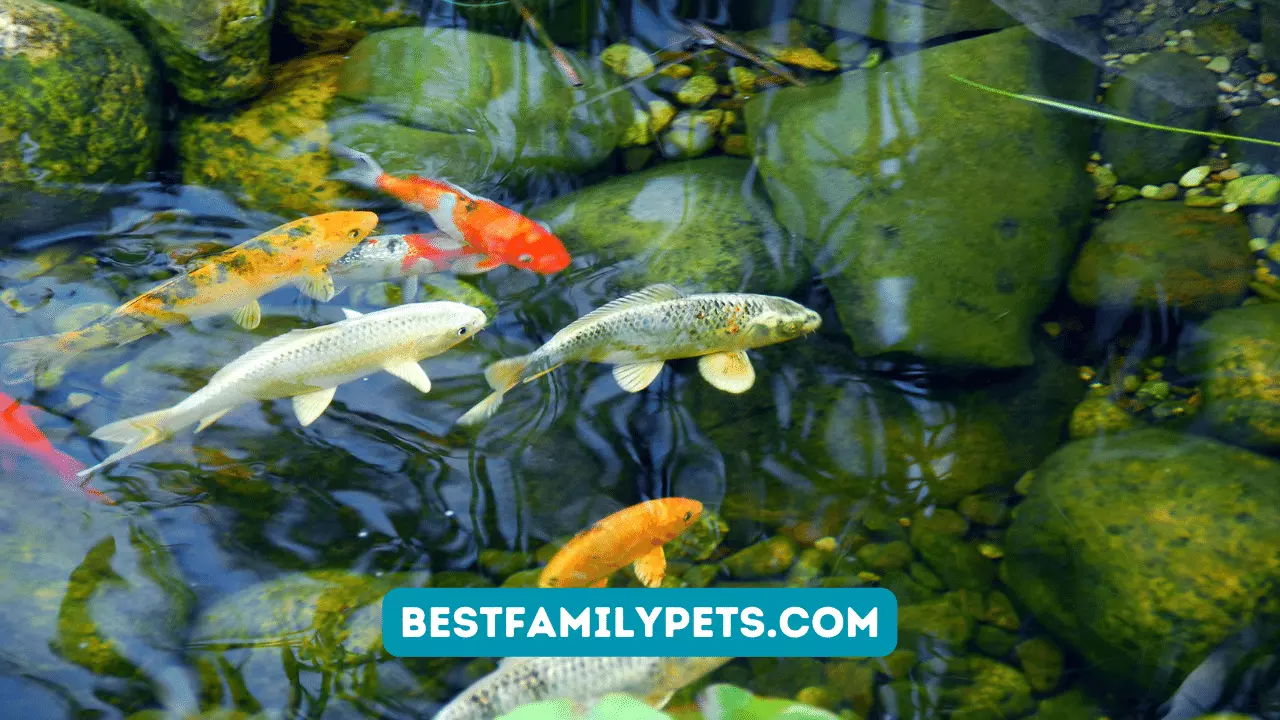
Choosing the Right Fish for Your Garden Pond
-


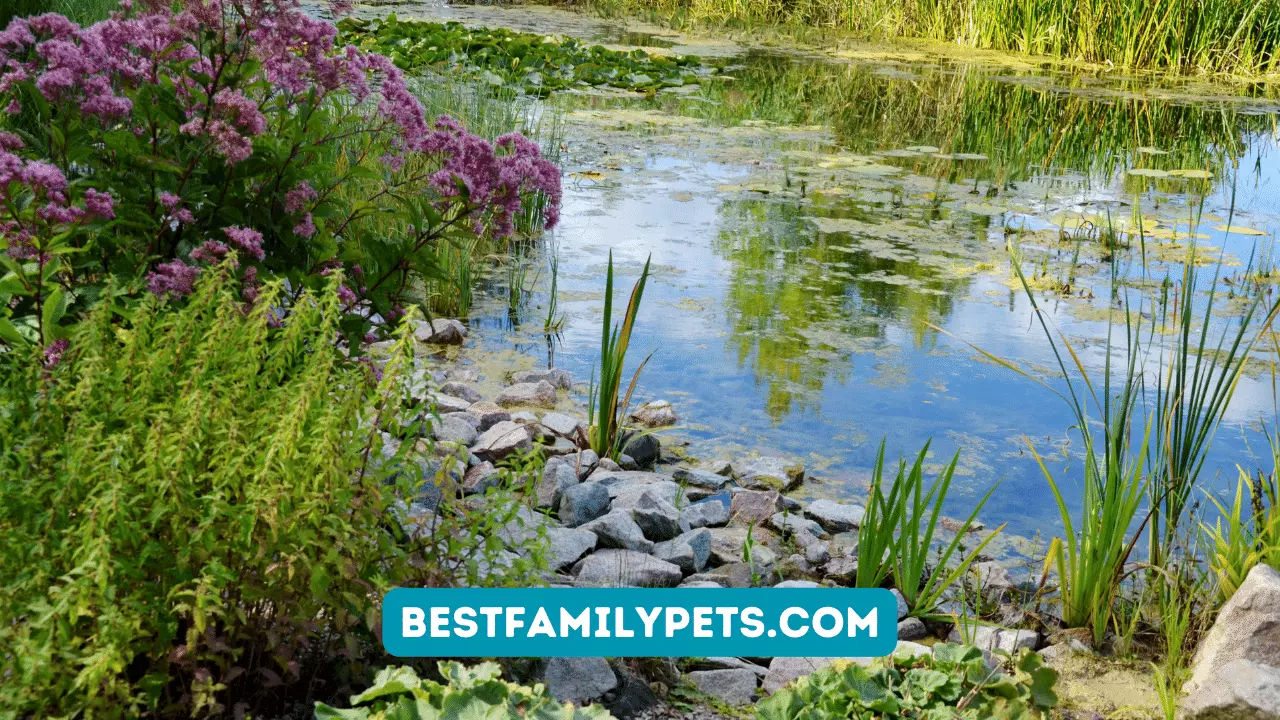
The Benefits of Having a Pond in Your Garden
-


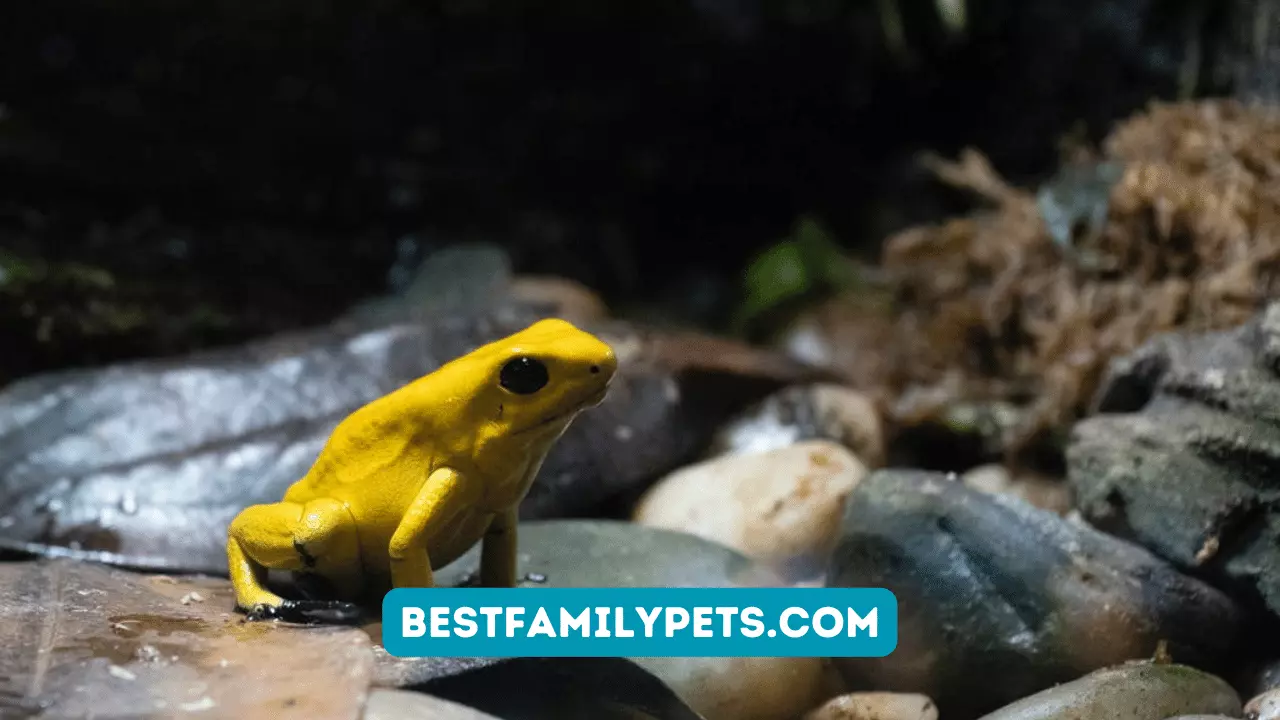
Dwarf Frogs in the Aquarium
-


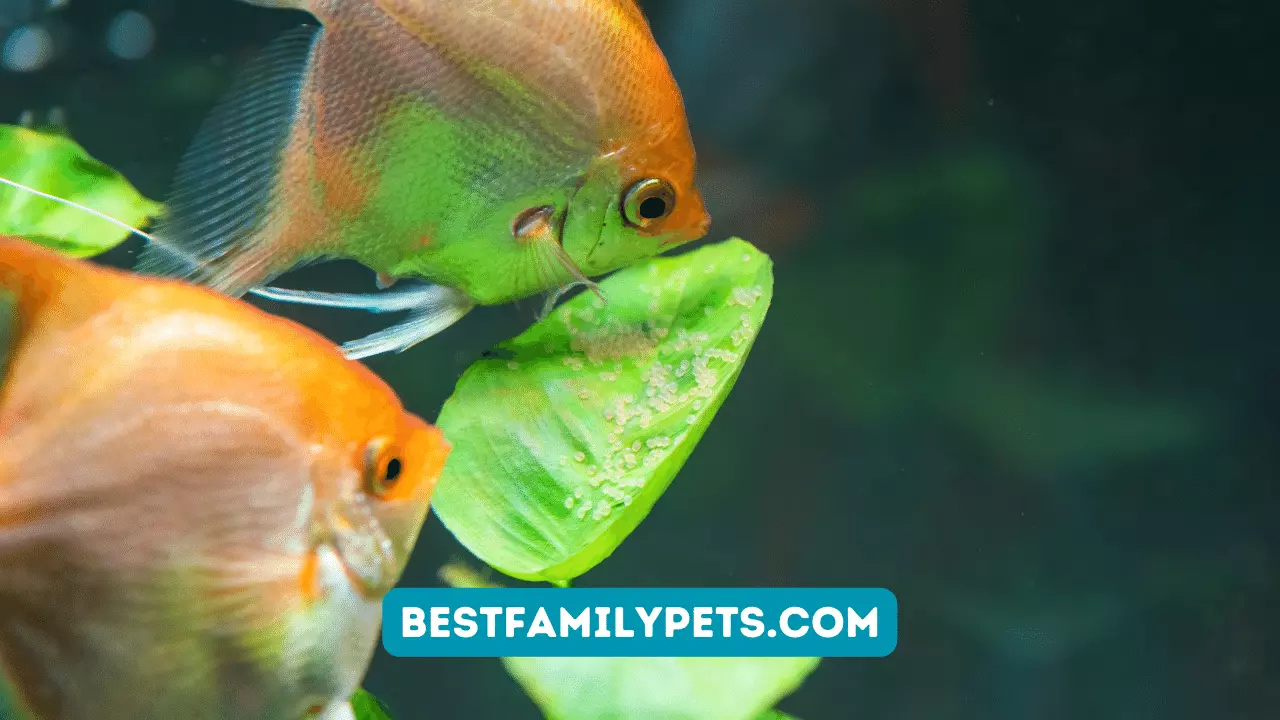
What Should You Know Before Keeping Fish?


